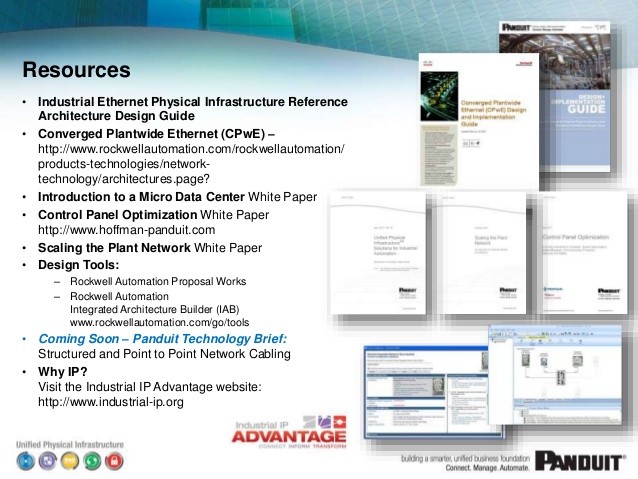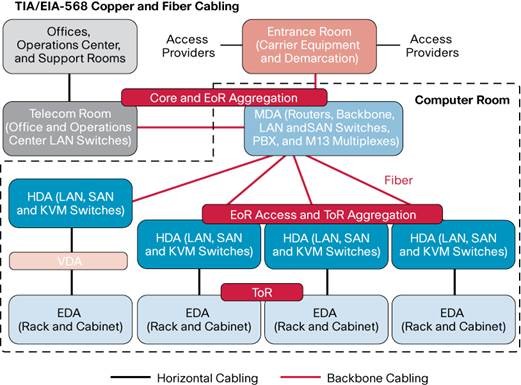Structured Products white paper
Post on: 16 Март, 2015 No Comment

A discussion of the costs and issues associated with the business need to rapidly trade and bring to market new derivative and structured products at investment banks and asset management institutions.
Download Structured Products I — Process, costs and issues white paper PDF.
(This document requires the free Adobe/Acrobat Reader .)
Introduction
In volatile markets financial institutions have the conflicting pressures to react faster with less risk. Investment banks are continually creating new, complex asset classes and structured products for their asset management clients. Being first to meet the market need for a new product before other competing trading desks, can mean greatly enhanced margins and market share. In this case time literally is money.
In parallel with this innovation from the sell-side investment banks, asset management institutions are now under great pressure from investors to enhance the risk/return profile of funds under management. In bull market years the upfront costs of insuring against downside risks were considered expensive and unnecessary, however this attitude is now changing particularly with the ability of the investment banks to offer products to hedge almost any type of exposure.

However, the high profitability and attractiveness of these structured products must be balanced against the direct and indirect costs of managing them within existing technology and risk management infrastructures. Increased market risk, credit risk, operational risk, IT costs and the higher regulatory charges associated with these products can easily erode any benefits gained. An additional difficulty is that many of these costs are faced by the institution as a whole, not by the trader who is focusing on his own profit and loss account.
This white paper discusses the process involved in trading new derivative and structured products, in particular the interaction between the parties involved and the demands made upon the institutions technology infrastructure. The direct and indirect costs that result are outlined and a more rigorous and systematic process for structured product management is proposed.
Contents
- Integrating new asset classes
- Financial innovation
- Benchmarking the model
- Integrating the risk
- Facing the development cost
- Solution scaleability
- The spreadsheet compromise
- Summary — resolving the issues














